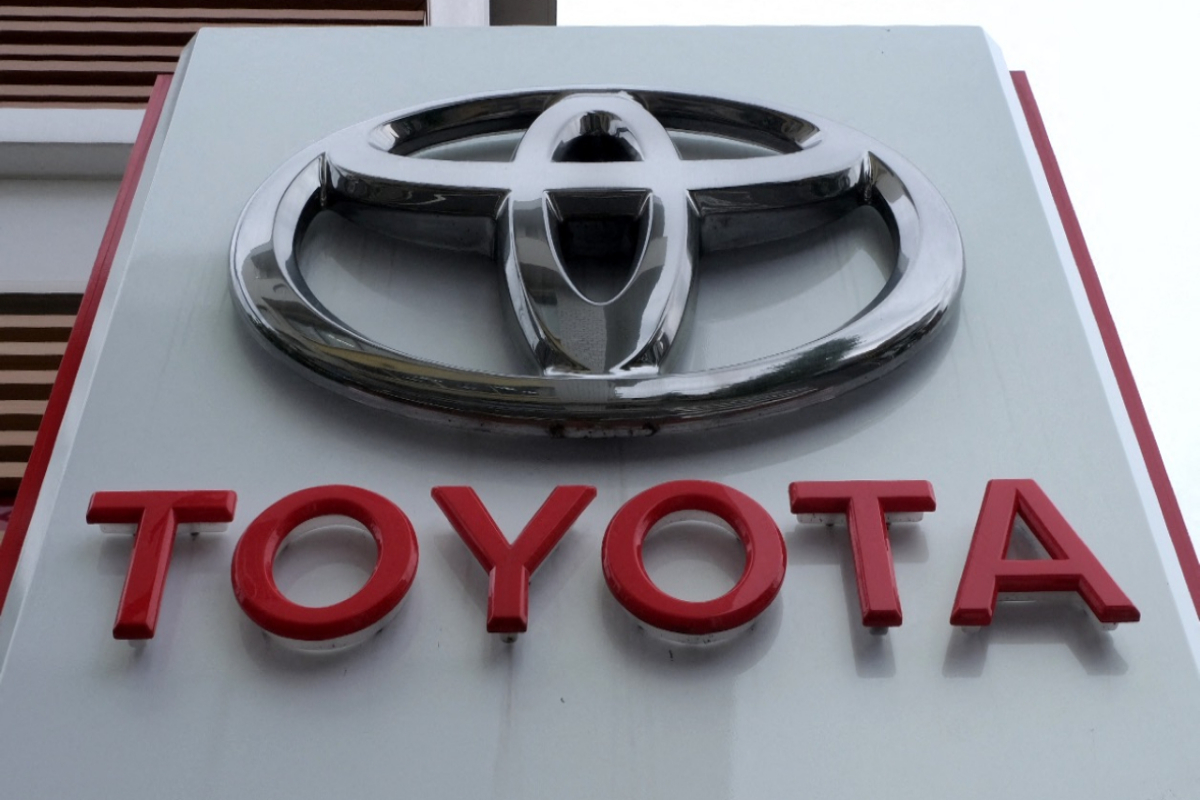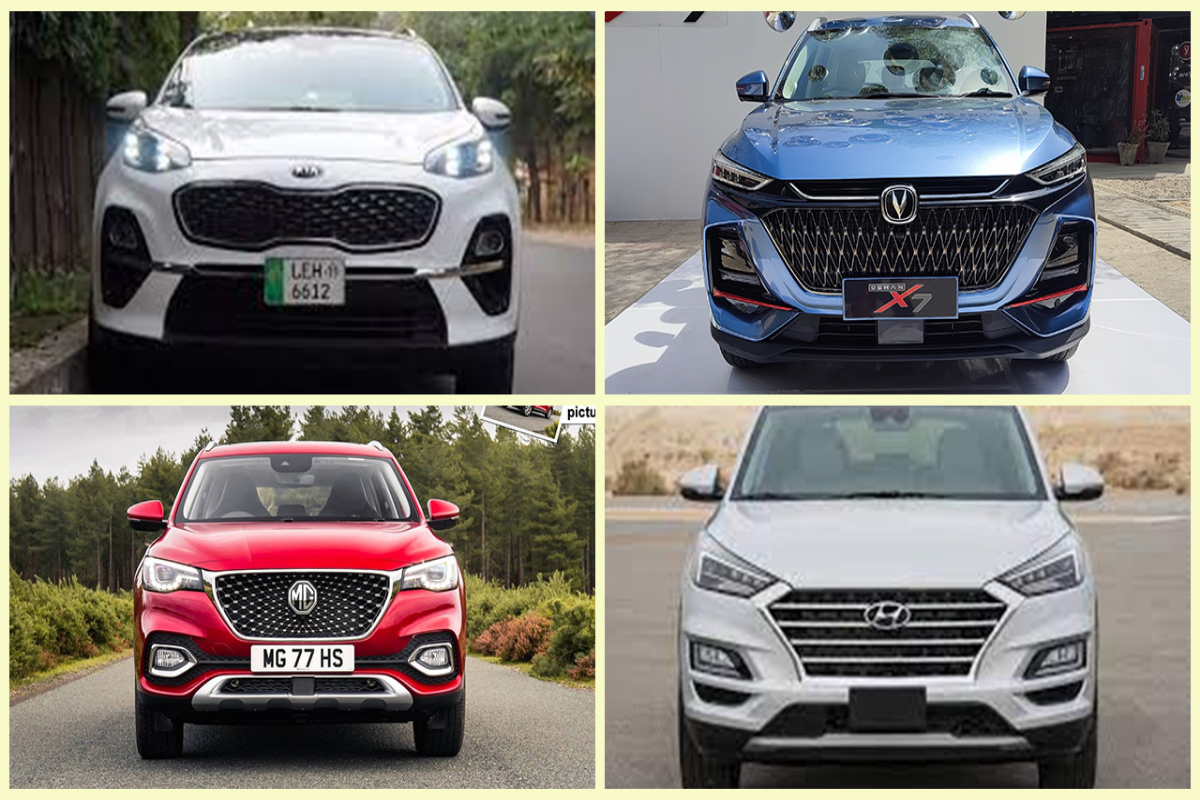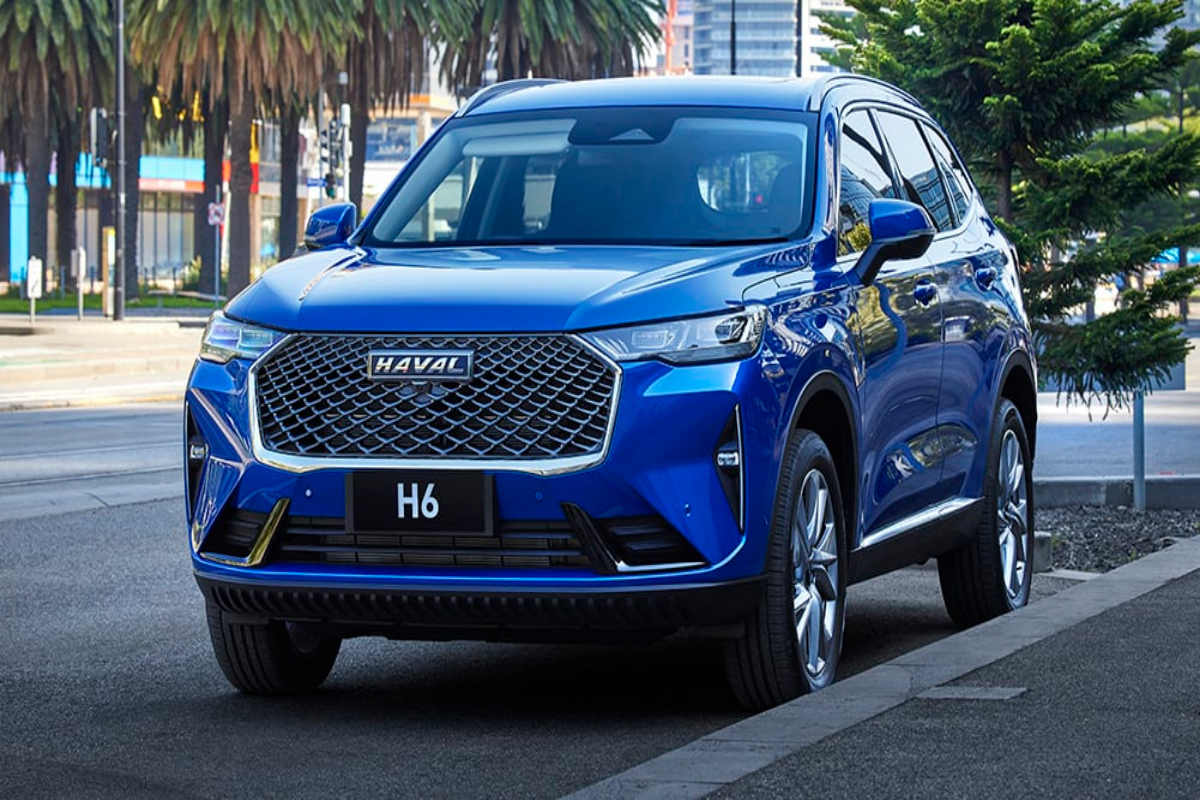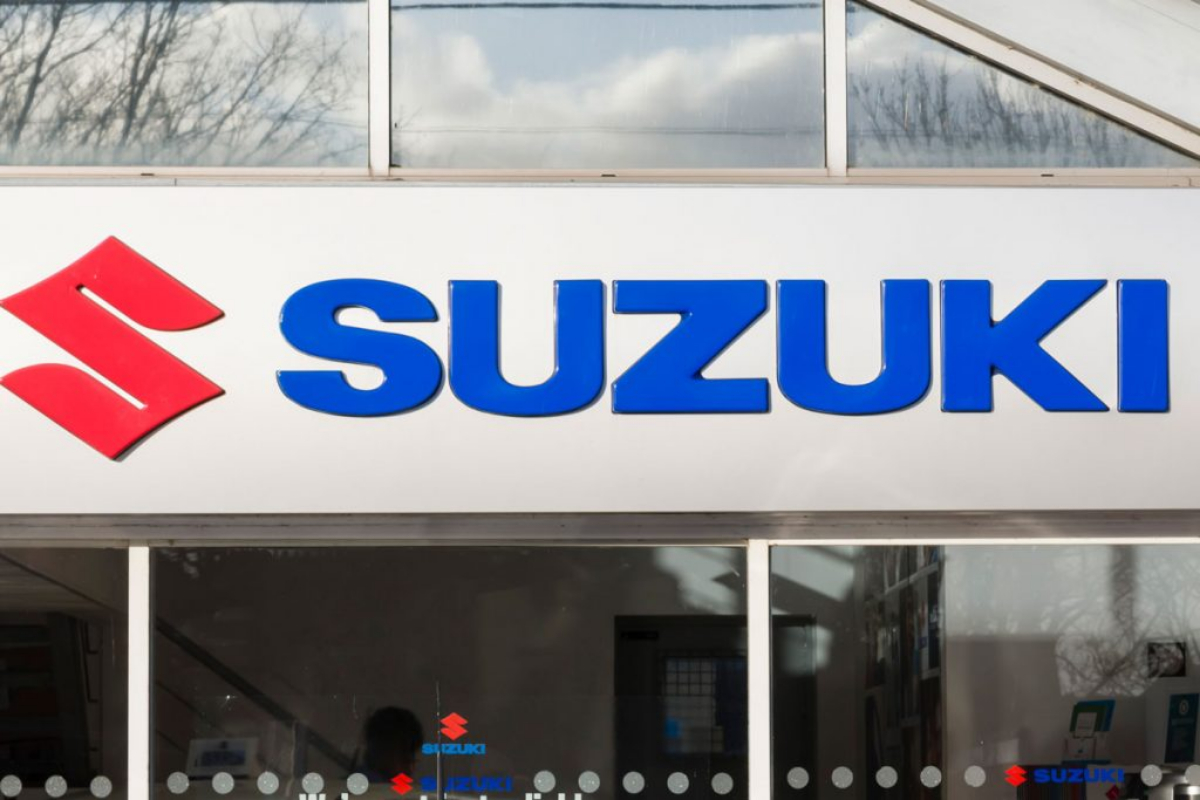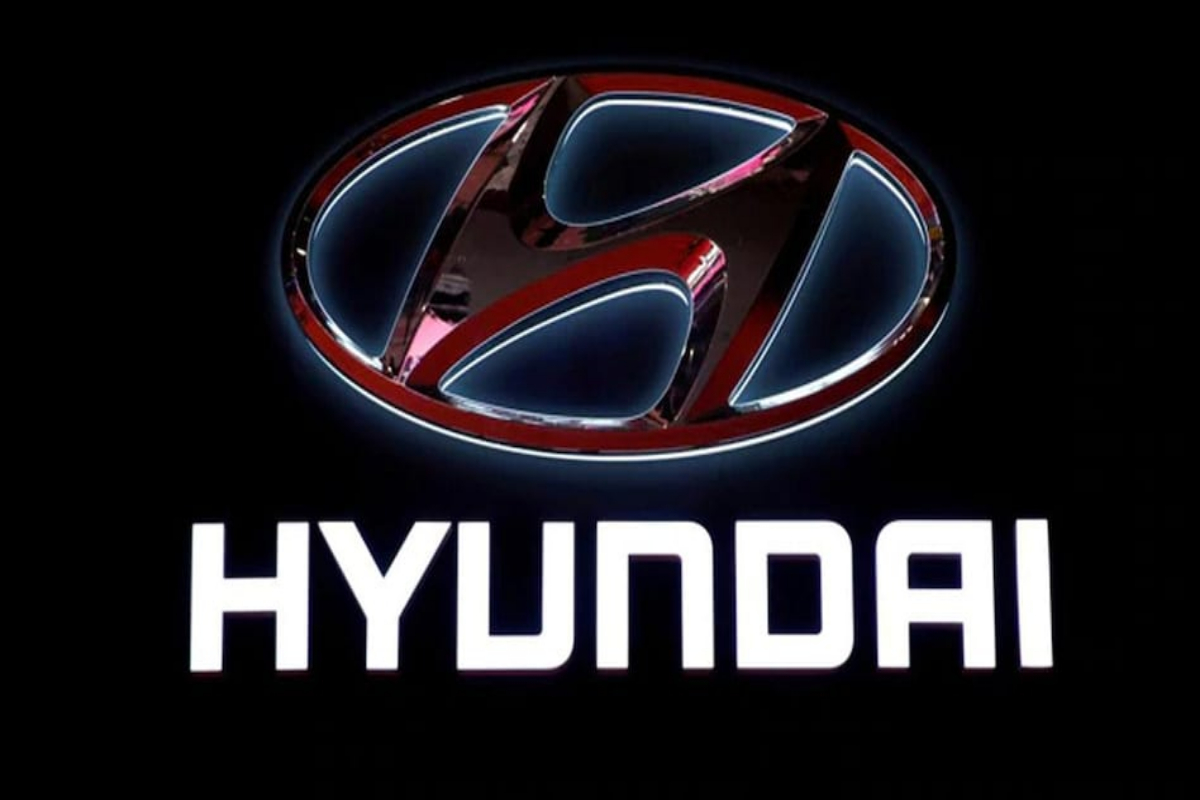- The financial results of Toyota Indus Motor Company (IMC) for the fiscal year that concluded on June 30, 2022, have been released.
- Net sales revenue for the company was Rs. 275.50 billion, up 54% from Rs. 179.16 billion the previous year.
- The company’s earnings per share climbed to Rs. 201.04 from Rs. 163.21.
The financial results of Toyota Indus Motor Company (IMC) for the fiscal year that concluded on June 30, 2022, have been released.
The Indus Motor Company Ltd. (IMC) Board of Directors gathered on August 30, 2022, to discuss the Company’s operations and financial results for the fiscal year that ended on June 30, 2021.
In comparison to a profit of Rs. 12.82 billion during the same period previous year, the company’s profit for the year was Rs. 15.80 billion, up 23.24 percent.
The company also disclosed a cash dividend of Rs. 3.25 per share along with the results.
The earnings during the most recent quarter, however, took a severe hit, declining by 90% QoQ and 88% YoY.
Lower gross margins and higher taxes as a result of the super tax’s implementation were the main causes of the profit’s drastic decline.
Indus Motors reported a 4QFY22 effective taxes of 88%, illustrating the significant impact of super tax on the business.
Net sales revenue for the company was Rs. 275.50 billion, up 54% from Rs. 179.16 billion the previous year. Sales rose as a result of repeated price hikes throughout the year and an increase in volumetric sales (Corolla and Yaris up 30%, Fortuner and Hilux up 70%).
The cost of sales increased significantly by 58.22 percent. In comparison to Rs. 162 billion, it was reported at Rs. 257 billion.
Gross margins rapidly decreased from 9.3 percent in FY21 to 6.68 percent in FY22 as a result of increased inflation, sharp increases in the cost of imported raw materials (particularly steel), and currency devaluation.
Due to a bigger cash balance from more orders received, the company’s other income climbed by 132% to Rs. 12.93 billion during the year as opposed to Rs. 5.79 billion.
The company’s earnings per share climbed to Rs. 201.04 from Rs. 163.21.
The share price of INDU at the stock exchange ended Tuesday at Rs. 991.43, down Rs. 28.66 or 2.88 percent, with a turnover of 10,179 shares.
Cuts to Production
Due to production halts, Toyota IMC’s earnings are projected to drop during the next few days.
According to a recent notice, the company will cease production and assembly operations between September 1 and 14, 2022, as a result of a new system requiring State Bank of Pakistan approval for CKD imports (SBP).
The company claims that this has made importing knockdown kits difficult and resulted in inventory issues for them.
[embedpost slug=”toyota-car-prices-decreased-new-car-prices-effective-from-august-15-2022-in-pakistan/”]

